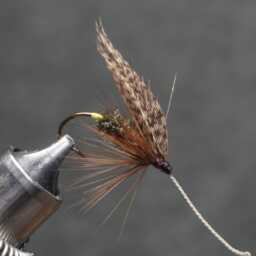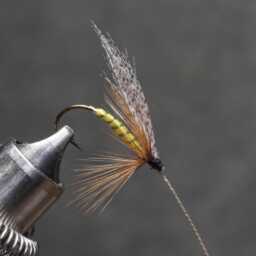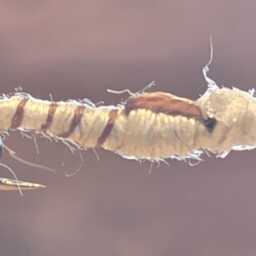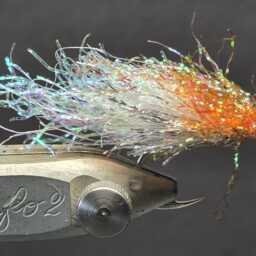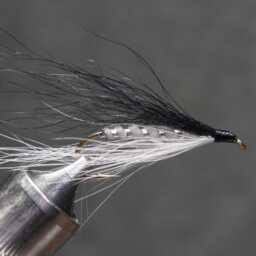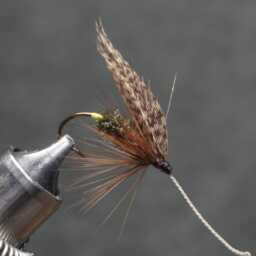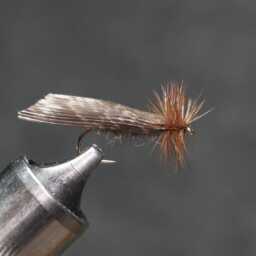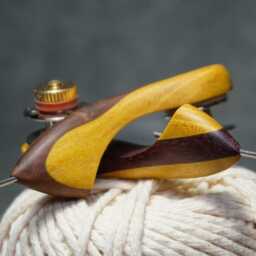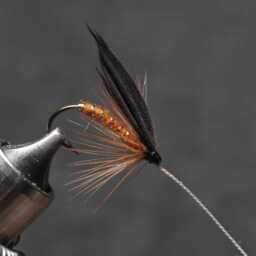Calf tail is a versatile material widely used in fly tying for both dry and wet flies. It is particularly valued for its role in crafting wings, such as in Split Wing Dry Flies and Hair Wings, as well as in various wet and dry fly patterns. Additionally, calf tail is a popular choice for tails on Triangle Bugs, short wings on spey classic steelhead flies, and saltwater patterns.
The material is also ideal for underwings on streamers and parachute posts for dry flies. Although its crinkled texture introduces some kink, calf tail is well-suited for diverse fly styles, including skunks and Crazy Charlies. Despite this kink, calf tail is appreciated for its ease of handling and versatility.
A calf is a young cow or bull, typically one year old or younger. Female calves are sometimes called heifer calves, while male calves are known as bull calves. Calves are raised to become adult cattle or are slaughtered for their meat and hide. The term “calf” applies from birth until weaning, after which the animal may be called a weaner or weaner calf; in some areas, “calf” may be used until the animal reaches a yearling stage. The birth of a calf is known as calving. An orphan calf, which has lost its mother, is referred to as a poddy or poddy-calf in British English. Bobby calves are young calves raised for slaughter for human consumption, while a vealer is a calf weighing less than about 330 kg (730 lb) and is typically around eight to nine months old. A young female calf until she has her own calf is called a heifer. In the American Old West, a small, runty, or motherless calf might be referred to as a dodie.
« Back to Glossary Index
